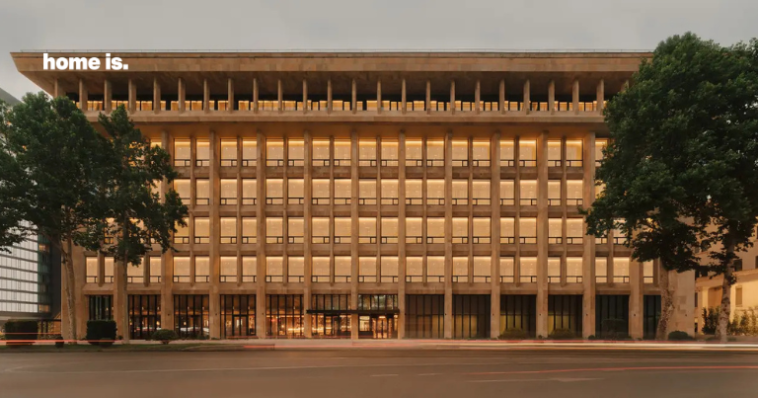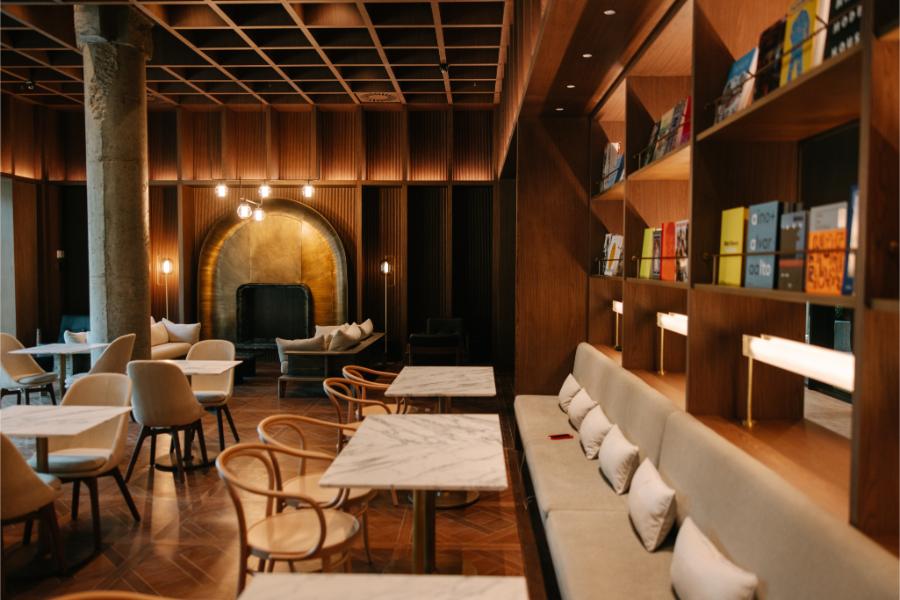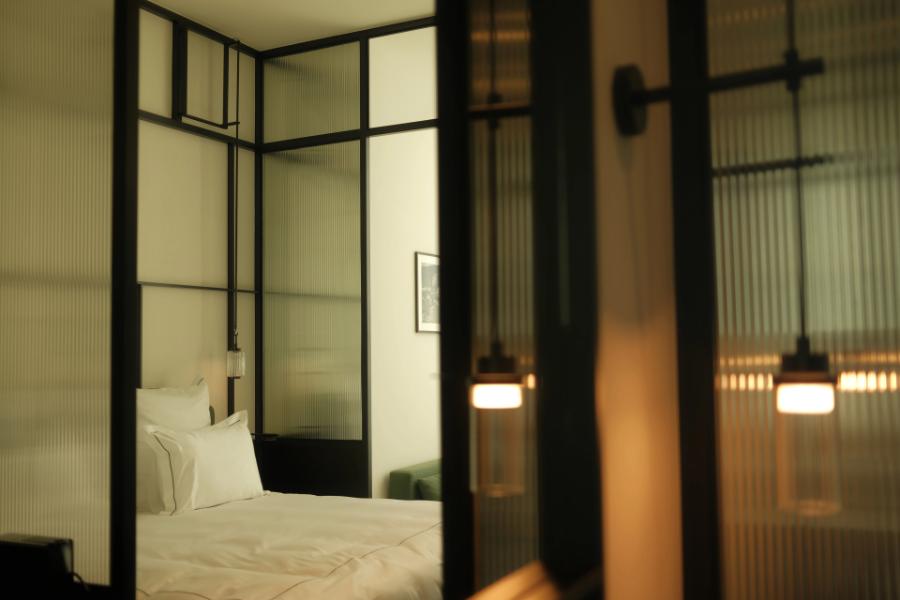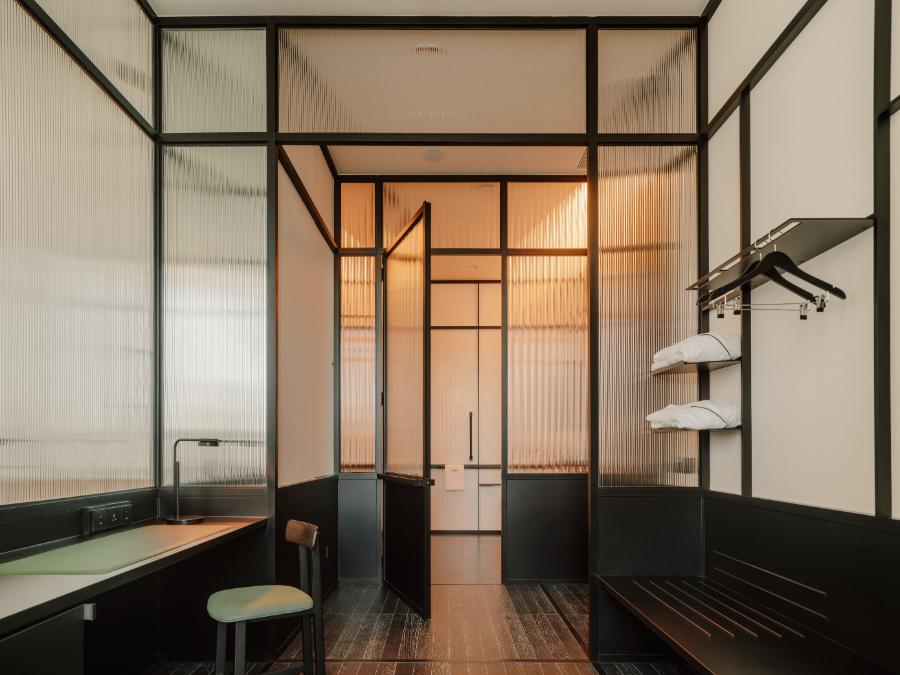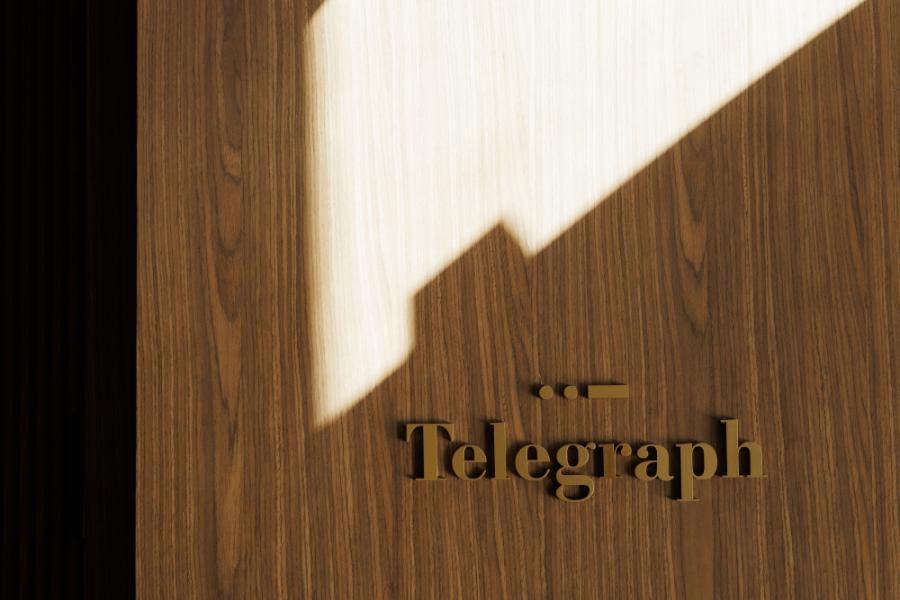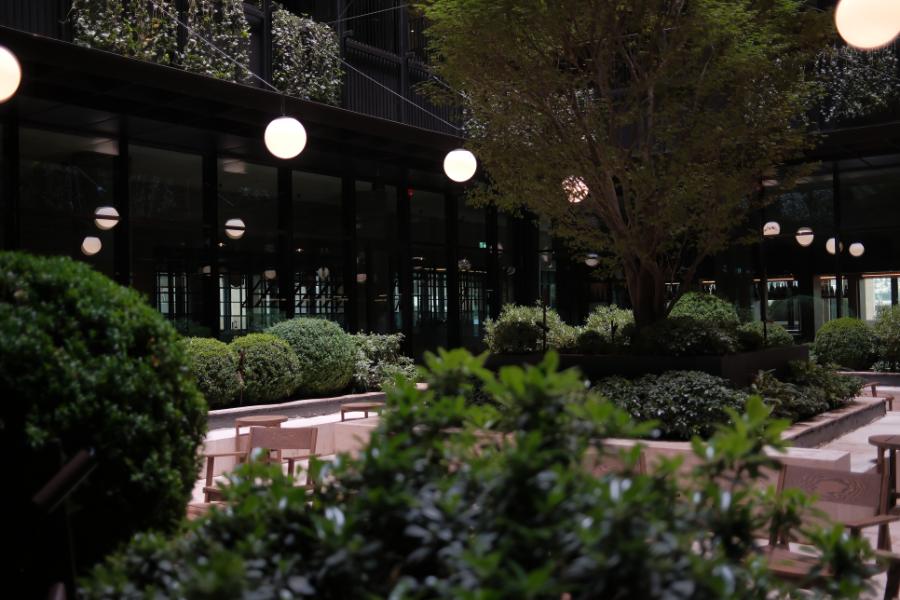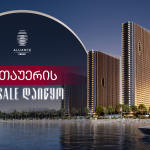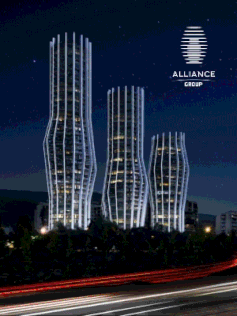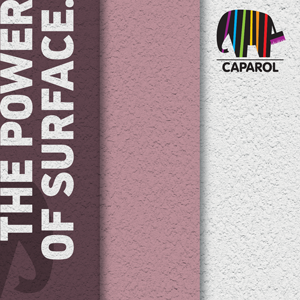When Neri&Hu were first invited by Silk Development to collaborate on the transformation of Tbilisi’s former Telegraph building, it wasn’t simply a commission; it was the opening of a dialogue — between history and contemporary life, between architecture and memory, between a city’s past and its evolving future. Known for their sensitive approach to working with heritage contexts, the Shanghai-based studio saw in this project an opportunity not merely to restore a landmark but to reframe its meaning for a new generation.
The Telegraph Hotel project, housed within a structure once synonymous with communication and connection, presented a unique architectural narrative. Neri&Hu’s design philosophy — rooted in a deep respect for place, materiality, and cultural continuity — found natural synergy with Silk Development’s vision of sustainable innovation and reverence for Tbilisi’s urban fabric. From the outset, both parties shared a belief that buildings like this one are not frozen relics to be preserved behind glass but living organisms capable of adaptation, able to once again foster the kind of public interaction and openness that defined their original purpose.
What emerged from this collaboration is a project that transcends simple hospitality. It is a reflection on how spaces shape cities, how history informs innovation, and how the act of designing is, at its best, an act of stewardship — one that bridges the weight of the past with the needs of the present and the hopes of the future. In this conversation, Neri&Hu share insights into the creative process behind the Telegraph Hotel, the challenges and responsibilities of working within Tbilisi’s historic core, and their broader philosophy on architecture as a meaningful tool for urban, cultural, and environmental transformation.
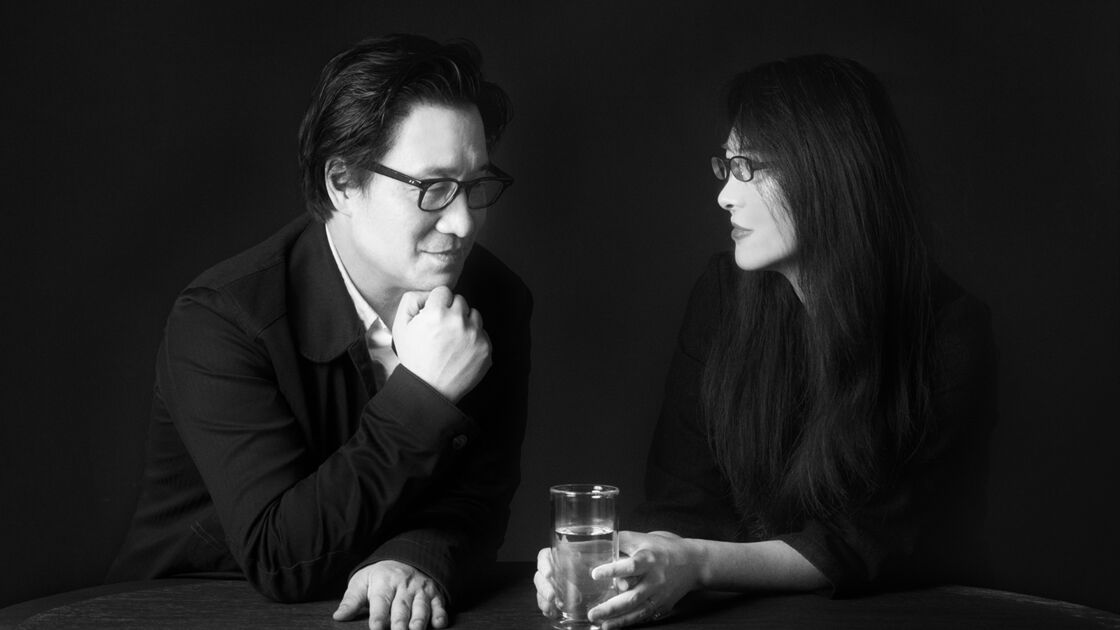
Silk Development approached you for the Telegraph Hotel project, recognizing your experience in working with historical buildings. What was your initial impression of the site and its urban context in Tbilisi when the collaboration began?
When Silk Development approached us for the Telegraph Hotel project, we were immediately intrigued by the opportunity. Our initial impression of the site was one of both historical weight and unrealized potential. The Telegraph building holds a special place in Tbilisi’s social memory — not just as a physical landmark, but as a space of communication, connection, and exchange.
For decades, it served as a vital hub in the city, a place where messages passed through, stories began, and people came into contact with the wider world. Seeing such a meaningful building abandoned for so many years was striking — there was a sense of stillness, but also a quiet power waiting to be reawakened.
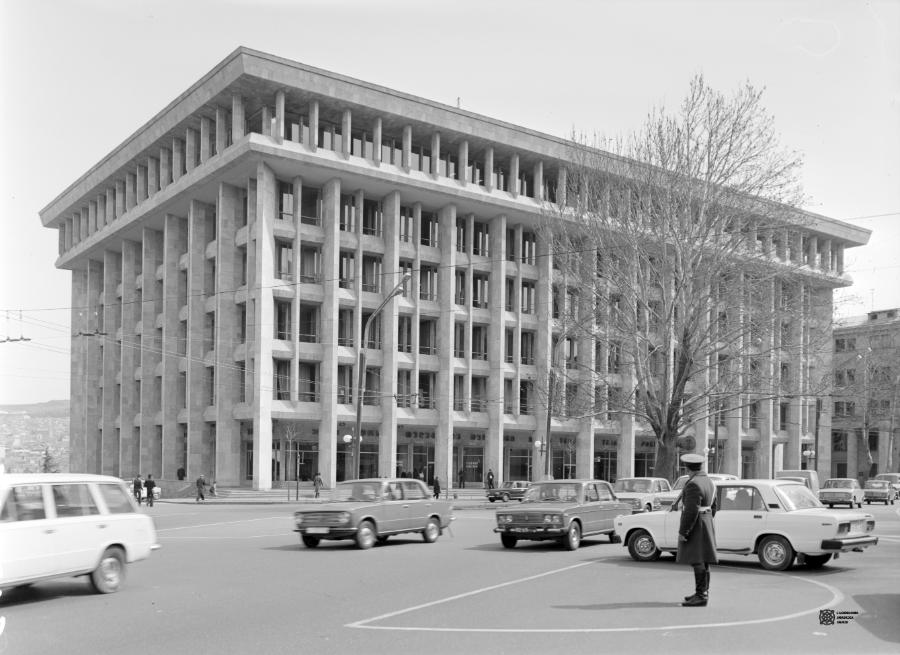
We felt deeply honored to be entrusted with the responsibility of bringing it back to life — not by erasing its past, but by building on its legacy. Our goal was to respect its identity while reimagining it for contemporary use, creating a new chapter that remains connected to its original spirit of openness and exchange.
How did the historical identity of the building shape your design narrative? How do you approach the challenge of transforming a heritage building into a contemporary, sustainable hotel while maintaining its original spirit?
As with many of our projects, the narrative began with the building itself — in this case, a former telegraph office that once served as a vital point of connection within the urban and social fabric of Tbilisi. For us, its historical identity was not something to preserve in a nostalgic sense, but rather a starting point for reinterpreting its role in a contemporary context. We felt that the essence of the building — as a space for communication, for gathering, for public interaction — remained profoundly relevant. While its function has shifted from telegraphy to hospitality, the ethos of openness and exchange continues. In that sense, we saw the hotel not as a contradiction, but as a new form of public space, one that could carry forward the spirit of its past through a different typology. Our approach to working with heritage architecture is always about layering — allowing traces of history to coexist with new insertions that are clearly of their time. We retained key architectural elements that speak to the building’s memory, while introducing interventions that meet contemporary standards of use, comfort, and sustainability. This balance — between reverence and renewal — is at the core of how we strive to transform the old into something meaningfully new.
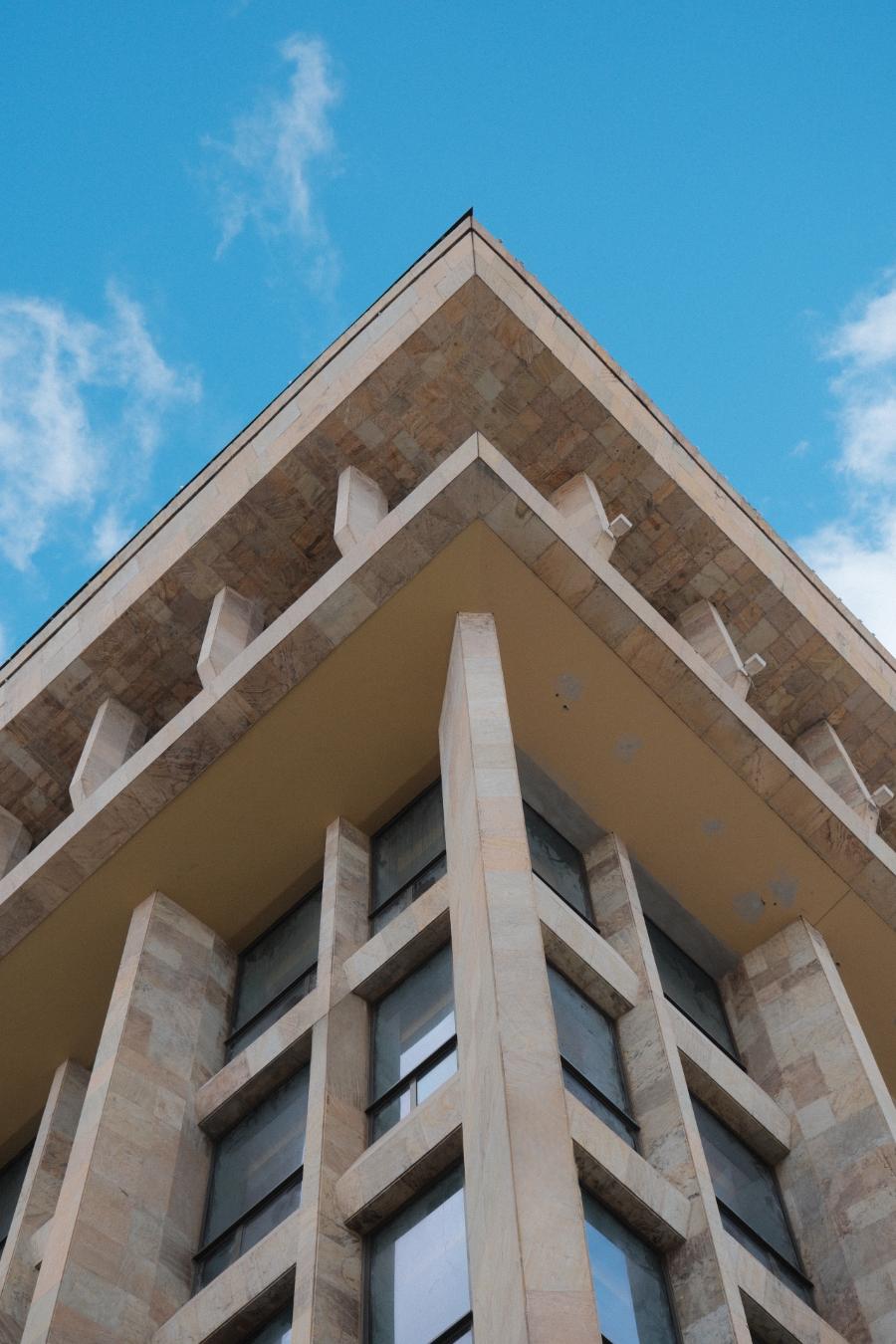
Your designs are frequently described as deeply contextual and environmentally sensitive. How do you define “context,” and how did it manifest in this project — particularly considering Silk Development’s focus on sustainability and heritage preservation?
For us, context extends beyond physical surroundings – it encompasses a building’s social, historical and environmental role within a city. In the Telegraph Hotel project, this meant creating a space that blurs the line between public and private, inviting the city inside. The ground floor, for instance, functions as an extension of the urban fabric – a welcoming, activated zone that echoes Tbilisi’s lively street culture.
Sustainability was equally critical. From material selection to energy-efficient systems, every decision aligned with “LEED Gold certification” goals. Silk Development’s commitment to heritage preservation and forward-thinking design resonated with our approach, allowing us to craft a project that is both environmentally responsible and deeply rooted in its place.
By integrating these principles, the Telegraph Hotel doesn’t just occupy a historic site – it redefines it, ensuring its relevance for generations to come.
How does the renovated Telegraph Hotel interact with the surrounding urban fabric — both visually and socially? In what ways does it contribute to a eco-friendlier and more vibrant cityscape?
The renovated Telegraph Hotel was designed to engage actively with the surrounding urban fabric, both visually and socially. The ground floor venues were conceived not as isolated programmatic elements, but as extensions of the city — almost like individual buildings embedded within the urban context. The internal corridors function like small streets, connecting back to the city and encouraging circulation through the site. A key gesture was the use of a transparent facade, which helps dissolve the boundary between inside and outside. This visual permeability invites passersby in and reinforces the sense of continuity between public and private space. At the heart of the project, the large central courtyard becomes a new, vibrant piazza for the city — a gathering space characterized by an abundance of greenery and planted elements. It not only adds social energy to the neighborhood, but also contributes meaningfully to a more sustainable and human-centered urban landscape.

Could you tell us about the collaboration process with Silk Development — how the shared values of sustainability, innovation, and respect for history shaped the outcome?
From the very beginning, our collaboration with Silk Development has been constructive and aligned. We shared a common vision and set of values — particularly around sustainability, innovation, and respect for the site’s historical significance — which created a strong foundation for the project. This alignment made the design process both fluid and focused. There was always a clear mutual understanding of the importance of preserving the building’s character while adapting it to new uses. At the same time, the client’s strong commitment to environmental performance supported our efforts to integrate sustainable strategies at every stage of the design. It was a true partnership, where creative ideas could be explored openly, always grounded in shared goals and a common sense of purpose.
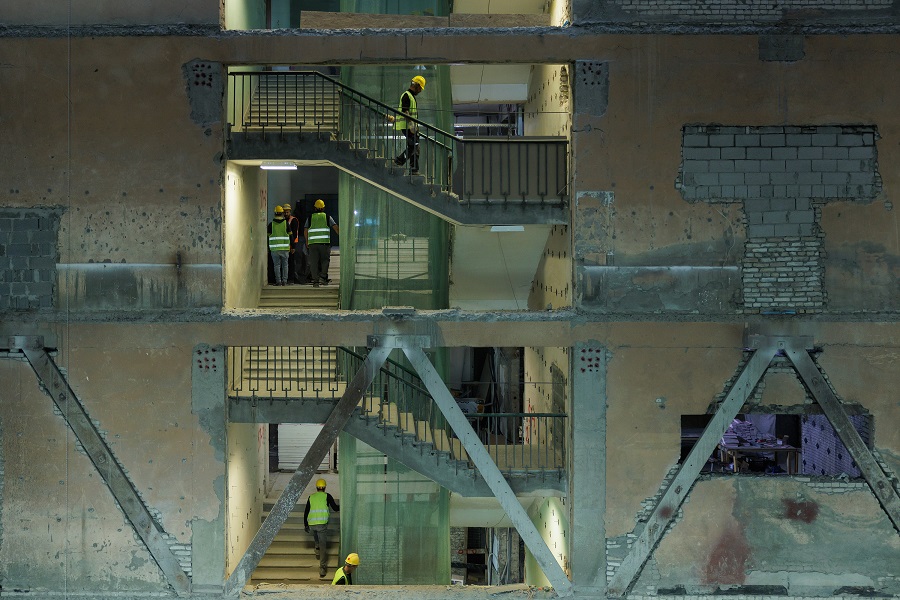
Together with Silk Hospitality, what kind of meaningful and responsible experience are you trying to create for guests staying at the Telegraph Hotel? How do design, comfort, and sustainability come together in this vision?
Together with Silk Hospitality, we sought to create more than just a hotel – we envisioned a responsible, immersive experience that bridges thoughtful design, genuine comfort, and sustainable practices.
For us, this meant designing for travelers rather than tourists – those who seek connection, not just accommodation. The Telegraph Hotel acts as a “home away from home”, where every detail reflects Tbilisi’s spirit. Local craftsmanship, materials, and art tell a story, while the warmth of the spaces encourages guests to linger and engage.
Comfort is redefined through rigorous layouts, natural light, and acoustics that foster a sense of domesticity. Sustainability is woven seamlessly into the experience – from energy-efficient systems to zero-waste amenities – ensuring that luxury never comes at the planet’s expense. Ultimately, the hotel doesn’t just host guests; it invites them to become part of the city’s living narrative.
In your view, how will the Telegraph Hotel contribute to the ongoing development of Tbilisi’s city life, hospitality standards and environmental consciousness?
The Telegraph Hotel is poised to become a “catalyst for progress” in Tbilisi’s urban, cultural and environmental evolution.
By reactivating a historic building with public-facing spaces, it strengthens the urban fabric offering locals and visitors alike a vibrant hub for connection. In terms of hospitality, it raises the bar by proving that authenticity and sustainability can coexist with high design, inspiring a new generation of projects. As a LEED Gold-targeted development, it demonstrates that heritage preservation and cutting-edge eco-consciousness aren’t just compatible but mutually reinforcing. Ultimately, this isn’t just a hotel; it’s a statement that Tbilisi’s future honors its past while embracing innovation.



